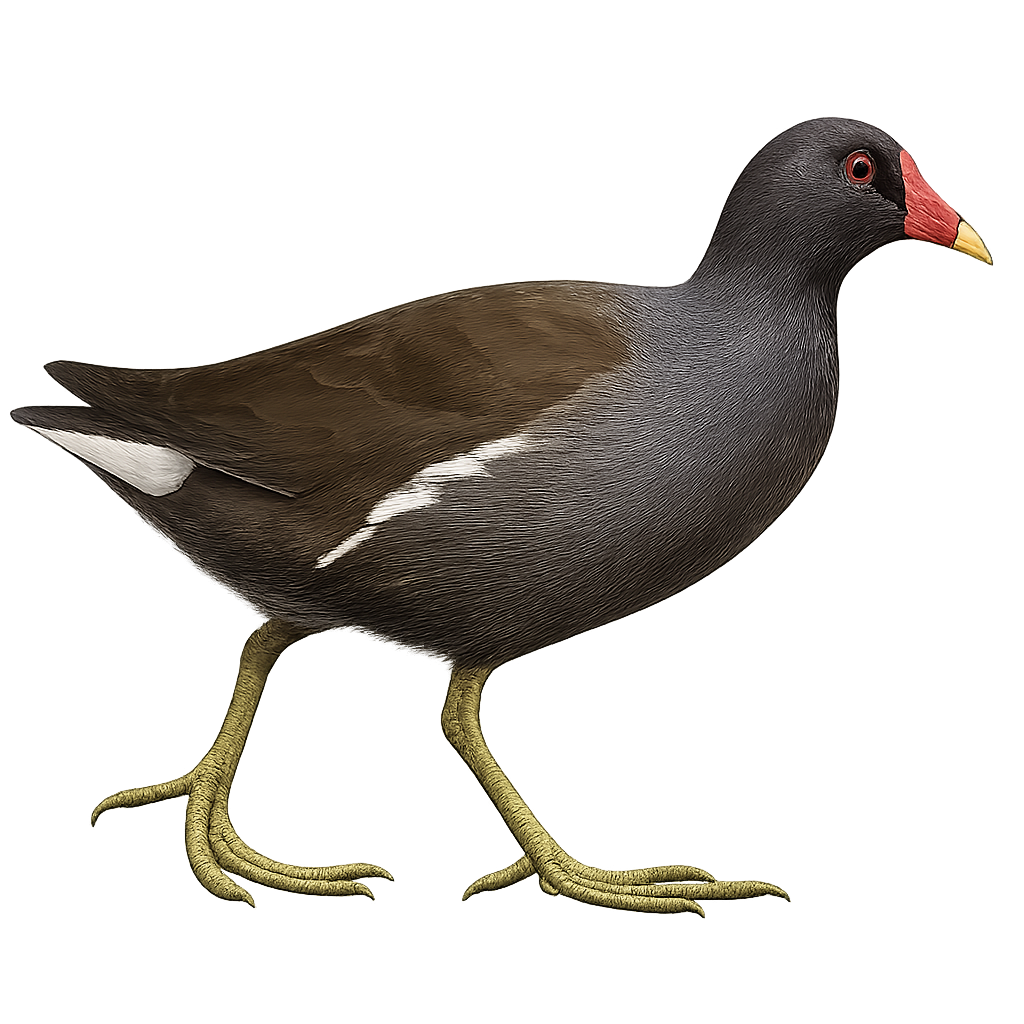Your wildlife photography guide.
Explore the eurasian moorhen in detail, study its behavior, prepare your shots.
Where to observe and photograph the eurasian moorhen in the wild
Learn where and when to spot the eurasian moorhen in the wild, how to identify the species based on distinctive features, and what natural environments it inhabits. The WildlifePhotographer app offers tailored photography tips that reflect the eurasian moorhen’s behavior, helping you capture better wildlife images. Explore the full species profile for key information including description, habitat, active periods, and approach techniques.
Eurasian moorhen
Scientific name: Gallinula chloropus

IUCN Status: Least Concern
Family: RALLIDAE
Group: Birds
Sensitivity to human approach: Suspicious
Minimum approach distance: 10 m
Courtship display: March to June
Incubation: 19-22 jours
Hatchings: April to July
Habitat:
Wetlands, marshes, rivers, lakes
Activity period :
Primarily active during the day, with peak activity in the morning and late afternoon.
Identification and description:
The Eurasian moorhen is an aquatic bird found mainly in wetlands, marshes, lakes, and rivers across Europe, Asia, and North Africa. It is easily recognized by its dark plumage, bright red and yellow beak, and prominent forehead. This aquatic passerine primarily feeds on aquatic plants, small invertebrates, and insects. The moorhen is also known for its discreet behavior and tendency to hide in dense vegetation.
Recommended lens:
300 mm – adjust based on distance, desired framing (portrait or habitat), and approach conditions.
Photography tips:
Photograph the Eurasian moorhen using a telephoto lens to capture its discreet movements through dense vegetation and its aquatic behaviors. It is best to photograph early in the morning or late in the afternoon when the light is soft and the bird is more active. Be patient and discreet, as this bird is often hidden in grasses and reeds.
The WildlifePhotographer App is coming soon!
Be the first to explore the best nature spots, track rutting seasons, log your observations, and observe more wildlife.
Already 1 415 wildlife lovers subscribed worldwide

